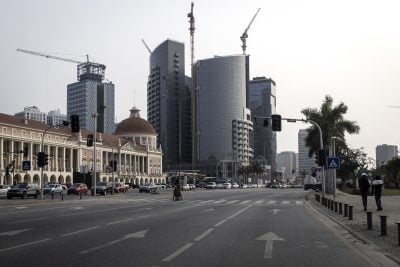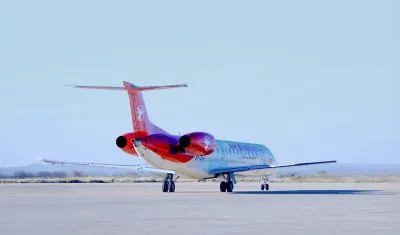Left in the cold
The Coalition of the Willing’s third infrastructure summit was held in the Rwandan capital, Kigali, in late October, where again Burundi and Tanzania were absent but South Sudan was invited in. At Kigali, the three leaders signed a Single Customs Territory (SCT) agreement. Under this, taxes on imported goods are paid on arrival and trucks are weighed only once at the borders of Uganda and Rwanda.
The transport of goods from Mombasa to Kigali takes more than 20 days but the rollout of the SCT is expected to cut this by more than half. Transport costs within Africa are the highest in the world and these costs are passed on the final consumers. With the SCT, prices of imported goods in Uganda and Rwanda could be reduced by almost 50% and exports from those countries will also become far more competitive. The economic benefits of a fast and efficient cross-border transport system are enormous.
The three nations also discussed plans to establish oil pipelines to service oil production in South Sudan as well as potential production in both Uganda and Kenya where oil has been discovered. A proposed $4bn oil pipeline from Hoima in western Uganda to the Kenyan coastal town of Lamu, covering some 1,400km, is currently under discussion between the two countries. This oil pipeline is expected to branch out to South Sudan and pass through Turkana oil fields in Kenya as part of the planned Lamu Port South Sudan Ethiopia Transport (LAPSSET) corridor.
The oil pipeline component of LAPSSET was discussed at the Kigali summit in October and in late December, President Kenyatta appointing Kenya’s former cabinet secretary Francis Muthaura as the new chairman of the LAPSSET Corridor Development Authority. As a civil servant, Muthaura had been deeply involved in the project; the foundation stone for the multibillion-dollar project was laid in 2012 by the late Ethiopian premier Meles Zenawi, and Presidents Salva Kiir and Mwai Kibaki of South Sudan and Kenya respectively.
But while the three member states of the community seem to be forging ahead, what can Tanzania and Burundi, who have been left out in the cold, do? Tanzania’s President Jakaya Kikwete acknowledged that indeed his country was being sidelined but vowed that it was not going to quit the EAC. “We contribute $12m to the EAC’s budget every year. Nobody in their right mind would throw away such an investment,” he told the Tanzanian parliament. “We are concerned about the fast tracking of the integration. Land, employment and immigration are the only aspects we do not agree on.”
Fears that the EAC might again splinter at it did in 1977, when national interests prevailed over regional unity, seemed to be laid to rest when in November, all member states met in Kampala to sign a protocol establishing the EAC Monetary Union (EAMU). The monetary union now sets a 10-year roadmap for a single currency, the East African shilling, in 2024 to member states who comply with an agreed convergence criteria.
A joint monetary policy to be administered by the EAC central bank is now being ironed out. National central banks will work as the operational arms of the independent regional central bank. Under this protocol the member states are expected to each adhere to the rules of convergence so as to join the monetary union. To qualify to join, each member state is expected to sustain an inflation rate of 8%; reserve coverage of five months of imports; maintain a fiscal deficit of 3% of GDP; and public debt not to surpass 50% of their respective GDP in net present value terms. The EAC region has a combined GDP of more than $100bn and a population of 140m.
Want to continue reading? Subscribe today.
You've read all your free articles for this month! Subscribe now to enjoy full access to our content.
Digital Monthly
£8.00 / month
Receive full unlimited access to our articles, opinions, podcasts and more.
Digital Yearly
£70.00 / year
Our best value offer - save £26 and gain access to all of our digital content for an entire year!
 Sign in with Google
Sign in with Google 


